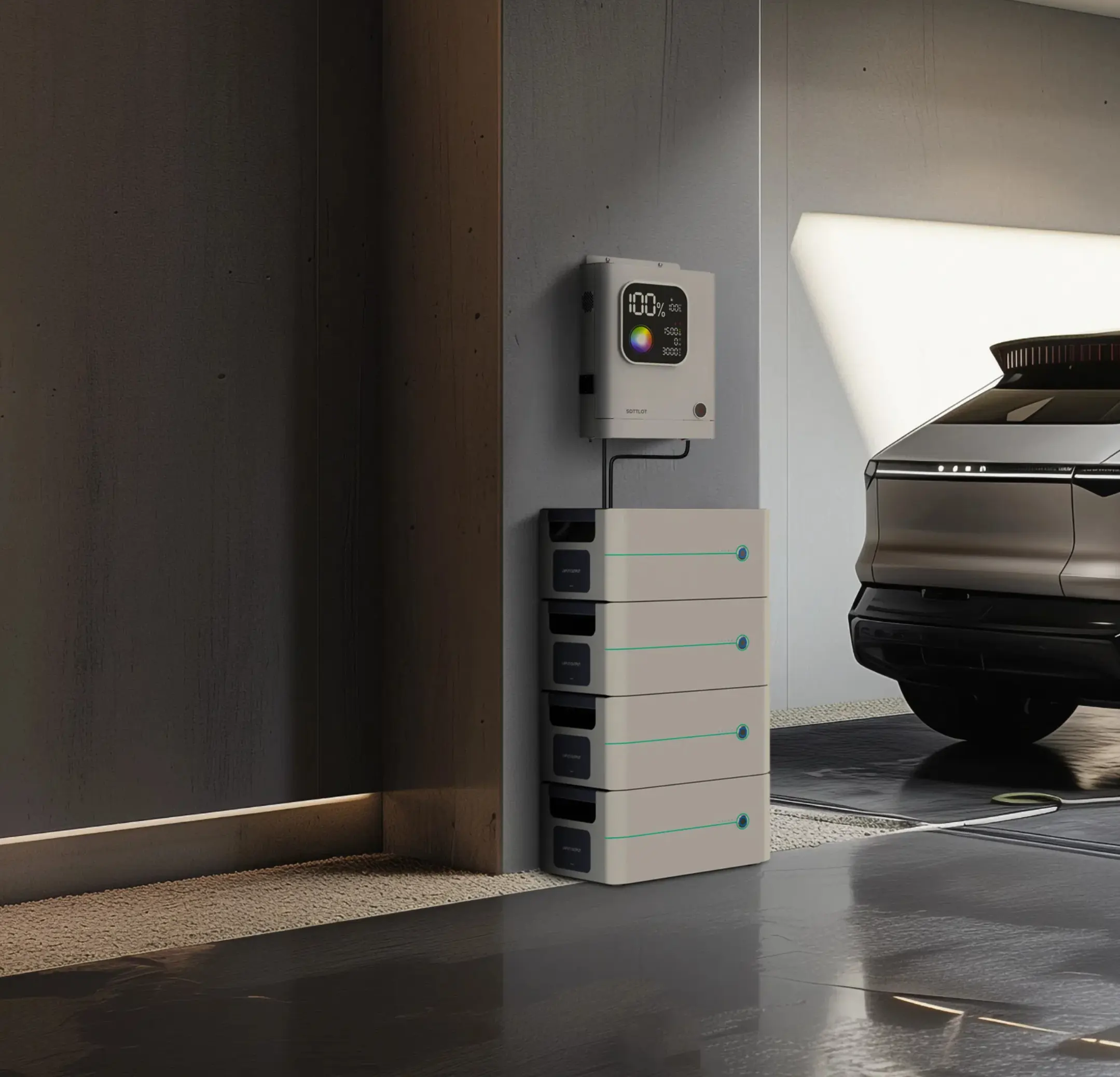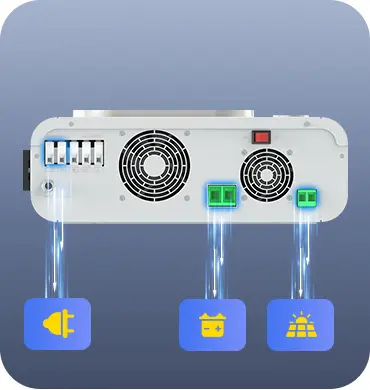In the 21st century, the global energy landscape is undergoing unprecedented changes. With the depletion of fossil fuels and worsening environmental pollution, the search for clean and renewable energy solutions has become a pressing global issue. Solar energy, one of the most abundant and cleanest energy sources on Earth, has become a key driver in promoting energy transformation. As a core component of solar energy applications, solar energy storage technology plays a crucial role in improving energy efficiency, enhancing supply stability, promoting energy self-sufficiency, and achieving carbon neutrality. The Alpha3000 inverter, a leader in this field, offers a unique perspective on the evolution, technological innovations, and future outlook of solar energy storage technology.

I. The Evolution of Solar Energy Storage Technology
- 1.1 Technological Innovation: From Germination to Prosperity
The development of solar energy storage technology, from early simple battery storage systems to today’s diversified and intelligent energy storage solutions, has been marked by significant scientific and technological advancements. In the early days, solar energy storage faced numerous challenges, such as low energy storage density, short cycle life, and high system costs, due to limitations in battery technology, inverter efficiency, and system control. However, rapid progress in materials science, electronic information technology, and smart grid technology has gradually overcome these obstacles.
- 1.2 The Rise of New Energy Storage Materials
The advent of new energy storage materials, such as lithium-ion batteries, flow batteries, and solid-state batteries, has revolutionized solar energy storage technology. These materials offer higher energy density, longer service life, and stable performance across a wider temperature range, significantly enhancing the efficiency and reliability of energy storage systems. Lithium-ion batteries, in particular, have become a popular choice in current solar energy storage systems due to their maturity and broad application.
- 1.3 The Trend Toward Intelligence and Networking
With the deep integration of the Internet of Things (IoT), big data, and cloud computing, solar energy storage systems are evolving toward greater intelligence and networking. Intelligent control algorithms and remote monitoring platforms allow users to monitor system performance in real-time, enabling precise scheduling and efficient management. Additionally, intelligent energy storage systems can seamlessly connect with smart grids, participating in grid peak shaving, energy allocation optimization, and contributing to a more flexible, reliable, and low-carbon energy system.
II. Innovative Breakthroughs in Solar Energy Storage Technology
- 2.1 The Rise of Intelligent Inverter Technology
As solar energy storage technology advances, intelligent inverter technology has become a critical component. Intelligent inverters not only efficiently convert DC power to AC power but also manage bidirectional power flow and grid interaction through smart features. The Alpha3000 inverter exemplifies this innovation, offering high power conversion efficiency and intelligent power management systems that optimize power distribution and responsiveness to demand.
- 2.2 Application of Distributed Energy Storage Systems
Traditional centralized energy storage systems have limitations in management and coordination, whereas distributed energy storage systems, composed of multiple small units, form a highly flexible and scalable energy network. This distributed architecture enhances system stability and safety while reducing energy transmission losses. The Alpha3000 inverter, with its excellent compatibility and scalability, serves as a core component in distributed energy storage systems.
- 2.3 Integration of Smart Grid and Energy Storage Technology
The continuous development of smart grid technology is driving the deep integration of solar energy storage systems with the grid. By collecting and analyzing real-time data, smart grids can dynamically adjust power supply and demand to optimize energy use. The Alpha3000 inverter’s robust data processing capabilities enable seamless integration with smart grids, ensuring optimal power resource configuration and utilization.
III. Future Outlook of Solar Energy Storage Technology
- 3.1 Technological Innovation and Breakthroughs
In the future, solar energy storage technology will continue to advance in materials science, electronic information technology, and smart grid integration. Research and development of new energy storage materials will further enhance energy density and cycle life, while optimizing intelligent control algorithms will enable more precise energy management. The evolution of smart grid technology will promote deeper integration and synergistic optimization with energy storage systems.
- 3.2 Market Demand and Policy Support
As the global energy transition accelerates and environmental awareness grows, market demand for solar energy storage technology will continue to rise. Governments are expected to introduce more policies and incentives to support renewable energy development, creating a favorable environment for the research, development, and application of solar energy storage technology.
- 3.3 Sustainable Development and Carbon Neutral Goals
The development of solar energy storage technology is crucial for achieving sustainable development and carbon neutrality. By improving energy utilization efficiency, enhancing supply stability, and reducing greenhouse gas emissions, solar energy storage technology will play a vital role in building a clean, low-carbon, and efficient energy system. As technology continues to advance and costs decrease, solar energy storage technology will see wider adoption across various fields, laying a solid foundation for the global energy transition and carbon neutrality goals.
In summary, solar energy storage technology is a driving force for energy transition and carbon neutrality, offering unprecedented development opportunities. The Alpha3000 inverter, as a standout in this field, has significantly contributed to advancing solar energy storage technology through its efficient and stable inverter performance, intelligent control and management, and versatile application scenarios. Looking ahead, with continued technological innovation and market expansion, the Alpha3000 inverter is poised to lead the future of solar energy storage technology, making greater contributions to sustainable energy utilization and carbon emission reduction. We also anticipate the emergence of more exceptional products like the Alpha3000 inverter to further accelerate global energy transition and sustainable development.




